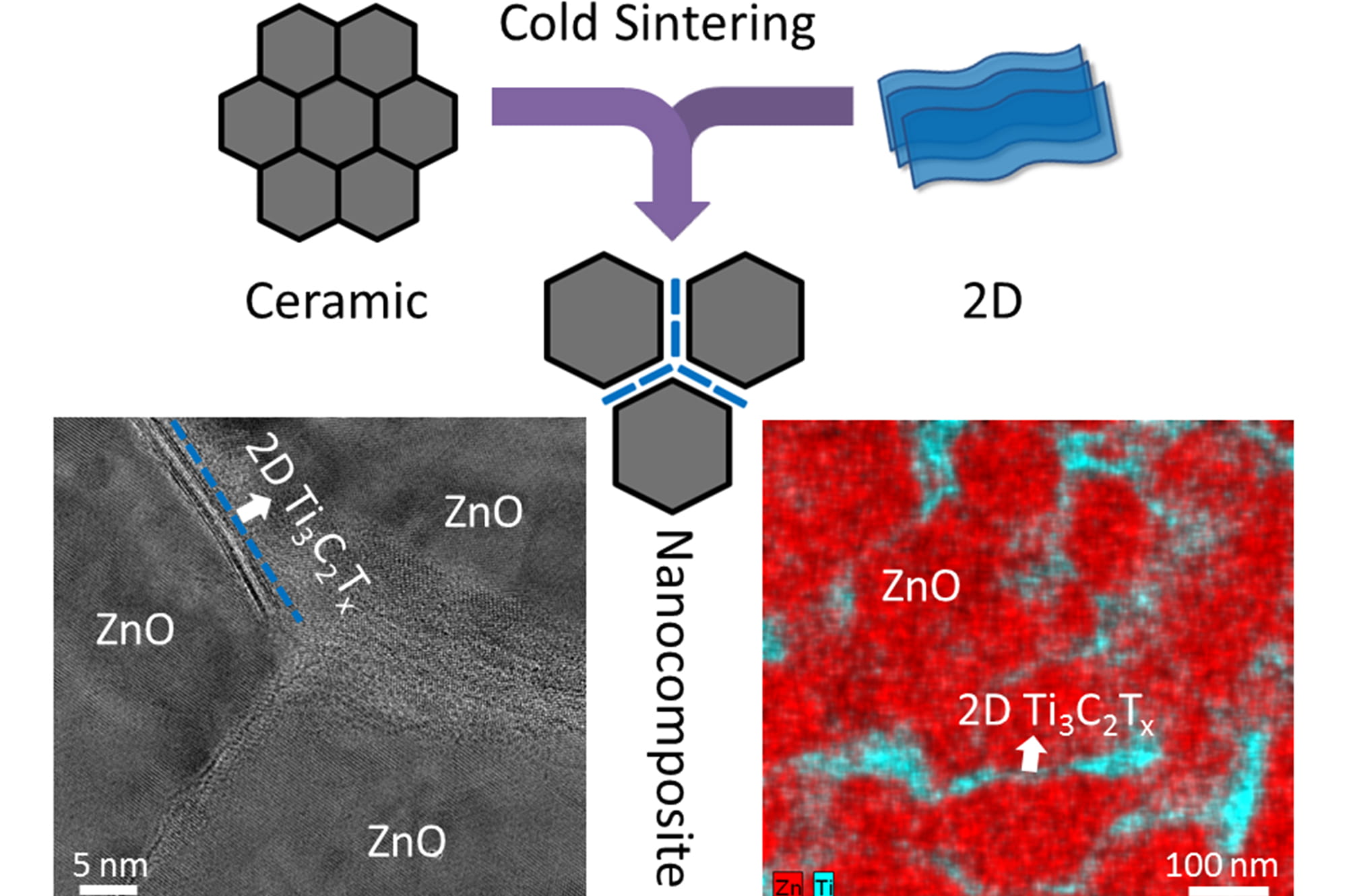A Strength Supplement For Aerospace Materials

- Drexel Selects New, World-Class Life Sciences Building at 3201 Cuthbert Street for Medical Research Operations
- Breakthrough on Gene Therapy for Hereditary Spastic Paraplegia
- Drexel Environmental Collaboratory Releases Cross-Sector Findings on Severe Weather Recovery Challenges
- Drexel Launches the Manuel Stamatakis Center for Alternative Investments at the LeBow College of Business

A new process for incorporating fortifying agents into ceramic could strengthen the materials used in aerospace engineering.
In an exciting development for the field of aerospace engineering, the lightweight materials of airplanes and rockets might soon be getting stronger. A new method for making ceramic materials — which are used in propellers and heat shields — has enabled the introduction of chemical compounds to bolster their strength and could also imbue them with other useful properties. The discovery was recently reported by researchers at Drexel University and Penn State University.
The discovery of a process, called cold sintering, that allows the ceramic particles to bond at a lower temperature means that these materials can be improved in a variety of ways — from augmenting physical strength and durability to increasing electrical conductivity.
“We have industry people who are already very interested in this work,” said Jing Guo, a post-doctoral scholar working in the group of Clive Randall, professor of materials science and engineering at Penn State. Guo is first coauthor on a paper in the journal Advanced Materials that explains the bonding process, called “cold sintering,” developed by their team.
Sintering is a method that uses high heat to compact powder materials into a solid form. Widely used in industry, ceramic powders are typically compacted at temperatures of 800 degrees Celsius or higher — as a result, many materials cannot survive at those temperatures.

But the sintering process developed at Penn State can produce the same result at much lower temperatures, less than 300 degrees Celsius. Using this process, the researchers were able to create the first MXene-ceramic composite material.
Previous research shows that mixing even a very small amount of a semi-metallic material, such as graphene, into ceramic can dramatically change its properties. But the high temperature required for the sintering process has limited the combinations that have been explored. MXene, a family of layered, two-dimensional materials discovered at Drexel in 2011, presented itself as an appealing candidate for cold sintering because of its exceptional properties of durability and electrical conductivity.
Guo and Benjamin Legum, a doctoral student working in the A.J. Drexel Nanomaterials Institute, fabricated a zinc oxide ceramic composite reinforced with the MXene titanium carbide. The process increased the conductivity of the ceramic by two orders of magnitude and doubled its hardness. The addition of MXene also improved the ability of zinc oxide to transform heat to electricity, according to the researchers.

“This is the first ceramic composite containing MXene,” said Yury Gogotsi, PhD, Distinguished University and Bach professor in Drexel’s College of Engineering and director of the A.J. Drexel Nanomaterials Institute. “Taking into account that about 30 MXenes with diverse properties are already available, we are opening a new chapter in research on ceramic matrix composites, with potential applications ranging from electronics to batteries and thermoelectrics.”
The work, which was supported by the Air Force Research Laboratory and the National Science Foundation, presents a variety of new possibilities for creating composite structural materials for air and space flight.
“This opens a whole new world incorporating 2D materials into ceramics,” Randall said.
Read the full study here: https://onlinelibrary.wiley.com/doi/abs/10.1002/adma.201801846
In This Article
Contact
Drexel News is produced by
University Marketing and Communications.